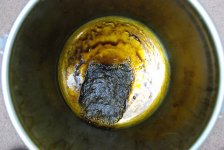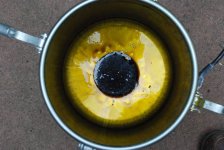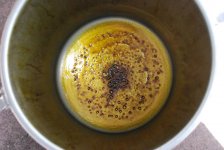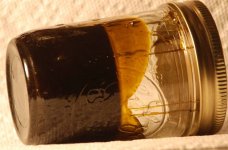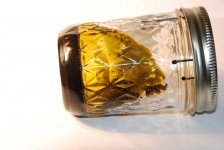The old general rule in organic chemistry is that each 10C doubles reaction rate,
Hey G.O. Joe, what is the rule for the pressure affects the rate of extraction? plz
Question about pressure rises when comparing the dynamics of the two methods of extraction with butane which I used,I doubt pressure would have effects
tubular type with the direct flow under slight pressure in a short time,
compared with the Thermos-type long soak and stir in butane at atmospheric pressure.
(quote from http://www.edenlabs.com/ )
SUPERCRITICAL FLUID AND HIGH PRESSURE SOLVENT EXTRACTION
There are many ways of extracting with alcohol but high pressure is the best.
It is faster, does a more thorough job and requires less alcohol per volume of herb than other methods. (end of quote)
Pressure accelerates the extraction?

 -basket
-basket